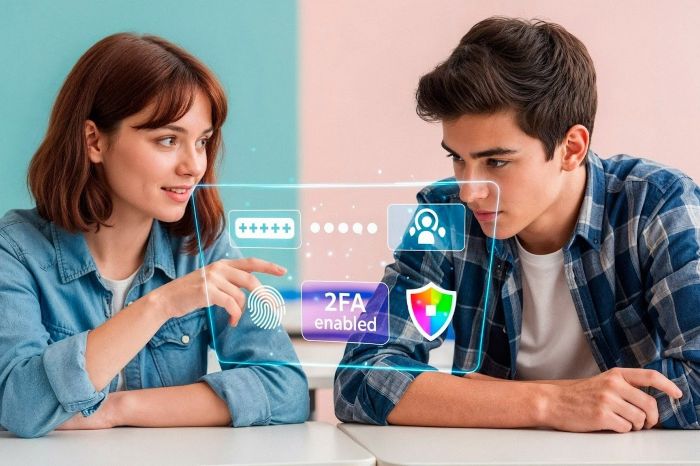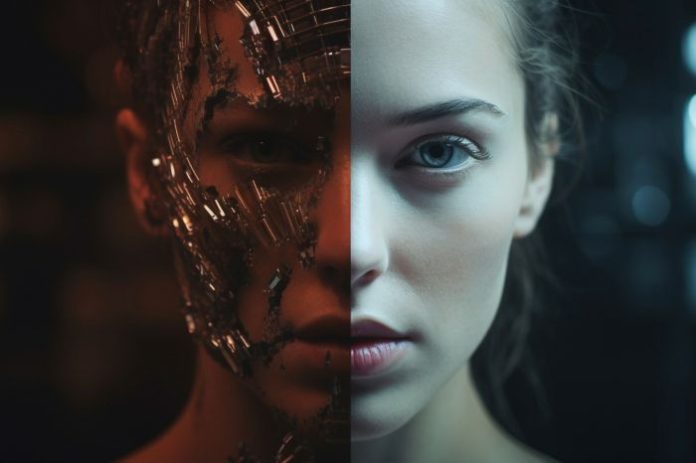Personalization has become one of the most important pillars of modern marketing. As consumers grow more selective about the content they engage with, brands are moving away from generic messaging and toward experiences that feel tailored and relevant. Personalized emails, custom product recommendations, and audience-specific landing pages have all played a role in this shift. But now, the video personalization strategy is emerging as an even more powerful tool, especially as short-form content dominates social media.
Within this trend, face swap video technology has quickly become one of the most innovative ways for brands to personalize content. It allows companies to place a customer’s face directly into a scene, product demo, or campaign storyline. This creates a sense of involvement that static images or traditional ads cannot match. As AI advances and consumers demand more interactive experiences, face swap videos are becoming a key personalization strategy for modern brands.
Key Takeaways
- Personalization is crucial in marketing; consumers prefer tailored content for higher engagement and conversions.
- Face swap video technology allows brands to integrate customers’ faces into videos, enhancing emotional connection and recall.
- Personalized videos significantly outperform static content, leading to higher memorability, emotional responses, and shareability.
- Brands are using face swap videos across various campaigns, from product demos to interactive ads, creating engaging customer experiences.
- To succeed with face swap videos, brands must prioritize consent, transparency, and alignment with their identity, ensuring ethical use.
Table of Contents
- Why is Personalization Strategy Essential in Today’s Marketing Landscape?
- How Does Face Swap Video Create Deeper Engagement?
- How are Brands Using Face Swap Video in Real Campaigns?
- Why Does Face Swap Video Perform Better Than Static Personalization?
- How Can Brands Use Face Swap Video Responsibly and Strategically?
- Conclusion
Why is Personalization Strategy Essential in Today’s Marketing Landscape?
Personalization matters because consumers respond more strongly to content that feels tailored to them, leading to higher engagement, trust, and conversions.
Research consistently supports the impact of personalization. A McKinsey study found that 71 percent of consumers expect personalized interactions from companies, and 76 percent get frustrated when this expectation is not met. Personalized experiences also drive revenue. According to Epsilon, personalized ads can generate up to six times higher transaction rates compared to non-personalized content.
This shift is especially visible in video marketing. Video has become the preferred format for communication on nearly every platform. Users spend more than 50 percent of their time on social networks watching videos, and they are much more likely to engage with videos that feel relatable. Personalization strengthens that connection by making viewers feel seen.
Traditional personalization strategies, however, can only go so far. Custom messaging and targeted ads are powerful, but they do not alter the content itself. Face swap video changes the equation by letting users become part of the story rather than just recipients of the message.
How Does Face Swap Video Create Deeper Engagement?
Face swap video increases engagement because it gives consumers a starring role in the content, creating an emotional connection and stronger recall as part of an effective personalization strategy.
When users see their own face inside a video, their level of attention and interest increases dramatically. This is supported by psychological research showing that people naturally focus more on content that includes their likeness or identity. It sparks a sense of curiosity and encourages interaction.
Face swap videos tap into this behavior by turning passive viewers into active participants. Instead of watching a model or actor demonstrate a product, customers can visualize themselves in the scene. This leads to deeper emotional resonance. A study from the Journal of Interactive Marketing found that personalized visual content can increase viewer involvement by more than 45 percent.
This kind of involvement is especially important in an era where attention spans are shrinking. Social media algorithms reward content that retains viewers longer, and personalized video has a strong advantage in keeping audiences engaged. When customers feel connected to the content, they are also more likely to share it, which amplifies brand reach organically.

How are Brands Using Face Swap Video in Real Campaigns?
Face swap video is being used across industries to personalize product demos, social content, fan experiences, and interactive advertising.
Brands are experimenting with different use cases depending on their audience and goals. Some common applications include:
• Product visualization. Customers can see themselves using a product, wearing an outfit, or participating in a lifestyle scene.
• UGC-style campaigns. Brands can create personalized templates that users customize with their own faces to share on social media.
• Entertainment marketing. Fans can appear inside an action clip, dance routine, or movie scene tied to a promotional campaign.
• Sports engagement. Teams and leagues allow fans to swap into highlight reels or player moments.
• Interactive ads. Customers can experience dynamic videos that adjust to them with a single uploaded image.
These examples show how flexible the technology is. It works across short-form platforms, e-commerce experiences, and large-scale marketing campaigns. The result is a stronger relationship between the brand and the customer, built through personalized storytelling.
At the center of this trend, many brands use tools such as the face swap video by Viggle AI. The platform lets companies place user faces into lifelike video scenes with expressive motion and accurate blending. These AI-powered templates help brands scale personalization quickly without requiring advanced production capabilities.
Why Does Face Swap Video Perform Better Than Static Personalization?
Face swap video creates more memorable experiences by combining identity, motion, and narrative into a single piece of content.
Static personalization strategy, such as adding a customer’s name to an email, can improve engagement but does not fundamentally change how the content feels. Face swap video, however, transforms the entire experience. It turns marketing content into a personal story featuring the viewer.
There are several reasons this form of personalization outperforms more traditional methods:
• High memorability. People are more likely to remember content featuring their own face.
• Emotional response. Personalized videos trigger positive emotions, making viewers feel valued.
• Shareability. Users often share these videos because they feel unique and entertaining.
• Retention. Personalized video consistently holds viewer attention longer.
Empirical data support these benefits. A report by Vidyard found that personalized video can increase watch time by up to 35 percent and improve click-through rates by 21 percent. When combined with the humor or surprise factor of face swap content, performance can climb even higher.
How Can Brands Use Face Swap Video Responsibly and Strategically?
To use face swap video effectively, brands should prioritize transparency, user consent, and high-quality execution that reflects the brand responsibly.
As with any personalized content, ethical considerations matter. Brands must approach face swap videos with care and respect for their audience. Some best practices include:
• Clear consent. Users should understand exactly how their image will be used.
• Secure data handling. Facial images are sensitive and must be protected.
• Context awareness. Brands should avoid placing users in scenes that do not align with their image or expectations.
• Brand alignment. The tone and style of the face swap should match the brand’s identity.
When executed carefully, a face swap video enhances brand loyalty. A PwC consumer study found that 59 percent of customers will abandon a brand after several poor experiences but will stay loyal when they feel understood and valued. Personalized video helps deliver that sense of recognition.
Strategic implementation also requires testing. Brands should experiment with different templates, visual styles, and distribution channels to determine what resonates most with their audience. Face swap video offers endless creative potential for personalization strategy, but success depends on understanding customer preferences and campaign objectives.
Conclusion
Face swap video is quickly becoming a powerful personalization strategy tool for modern brands. It allows companies to turn customers into active participants in storytelling, improving engagement, retention, and emotional connection. As AI becomes more accessible, tools like the face swap video by Viggle AI make it easy for brands to deliver lifelike personalized experiences at scale. With thoughtful strategy and responsible implementation, face swap videos can help brands stand out and create meaningful, memorable interactions that drive long-term loyalty.











